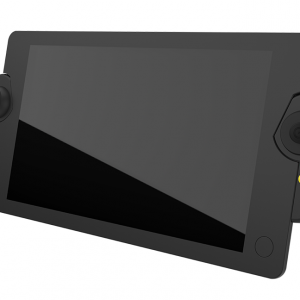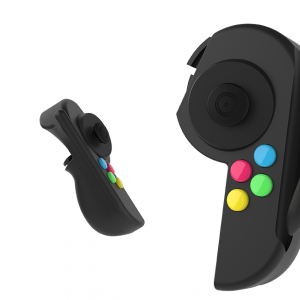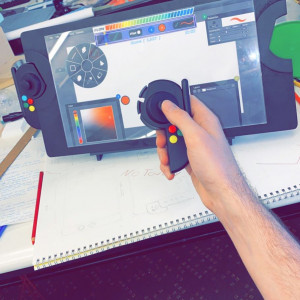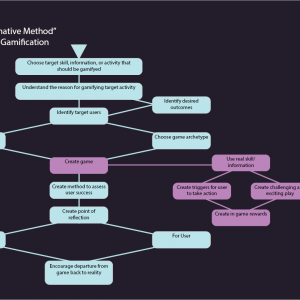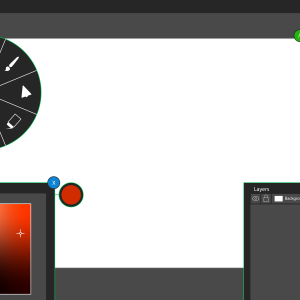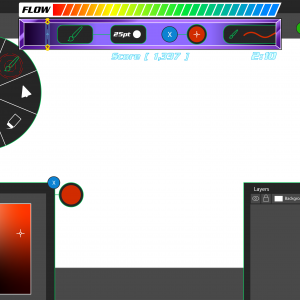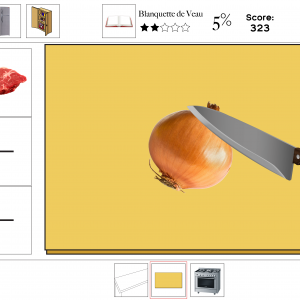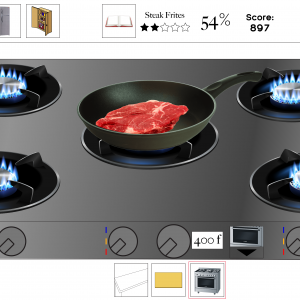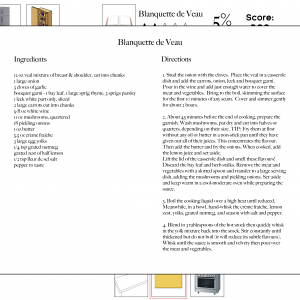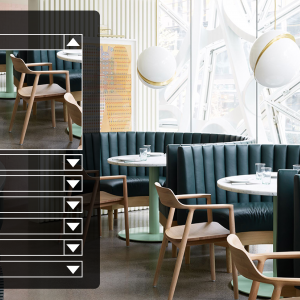Project Title: Improving Gamification
Product Name:
- Game Console – The Magi
- Game 1 – Unaverse
- Game 2 – Salt and Fire
Topic/Problem Description:
Gamification is a process that is growing in popularity for companies looking to engage customers more and train employees better, and also in the classroom to teach students more effectively. Gamification is the process of adding game elements to any non-game activity. For instance, when a teacher goes over test review by having the class play Jeopardy, they are adding the game element of competition through point scoring.
The reason gamification can actually boost user engagement and have positive effects on learning is because it activates brain activity that is conducive to learning. What games do is present challenges in a way that gives us an opportunity to use creativity, intelligence, and skill which excites our minds. While playing a game, our brains experience a significantly stronger and longer activation of the working memory network (Howard-Jones, 2015). Although still a region of the brain with many mysteries, we have strong evidence to suggest that this network is linked to long term memory retention. Working memory, often called “short term memory” is like a sponge. It is what allows us to remember a piece of information temporarily, and then recall that information when we need it within a short timeframe. Once that piece of information is no longer needed, our minds often discard it within hours. However, the more time spent with that piece of information in your active working memory network, the more likely you are able to commit it to long term memory. The idea with gamification for learning is that games can stimulate our working memory network, inspiring brain activity that makes us better learners.
With the potential to greatly impact how we learn things, I seek to create a method for gamification that significantly surpasses current models for gamification.
Unaverse Concept Gameplay
Solution:
From my research I propose a design method which can be applied to any activity that requires learned information or skills. By perfecting the process of gamification, it can be applied wherever there is a learning opportunity. My method is set in the theory that real world information and skills can be integrated into quality games that people would play regardless of what the learning objective is. The focus of the gamification method is to create motivation and engagement that exists solely within the world of the game, and that the player learns the game solely for the love of and the objective of that game.
I demonstrate and prove the value of this methodology through a gaming console design, The Magi, and two games “Unaverse” and “Salt and Fire.” In order to best demonstrate this method, I wanted to gamify something that no one has any experience with. I designed an art software that would be a suitable option for young artists and those new to digital art and it is designed for the Magi console. Unaverse teaches you how to use Una through a mode of play similar to rhythm games like Dance Dance revolution. By playing Unaverse, a player learns all the controls and tools of Una while recreating digital artworks. The second game, “Salt and Fire,” teaches cooking. In this game, the player runs a restaurant and will cook through a multitude of real recipes, learning simple and advanced cooking techniques with a high degree of realism.
The Magi console is perfectly suited as a platform to design games for a wide range of skills. The games I’ve designed demonstrate gamification done properly, creating strong links between player actions and rewards, as well as actions within the game and real-world skills.
Reference:
Howard-Jones, Paul A., et al. “Gamification of Learning Deactivates the Default Mode Network.” Frontiers, Frontiers, 1 Jan. 1AD, https://www.frontiersin.org/articles/10.3389/fpsyg.2015.01891/full

